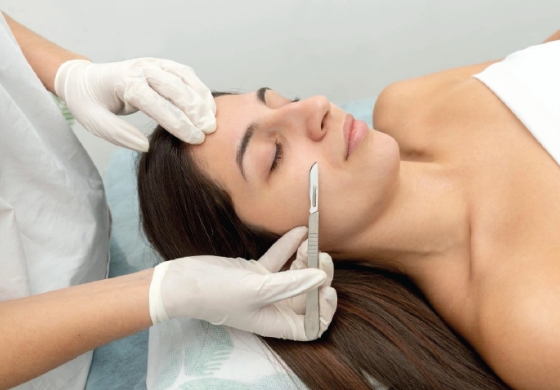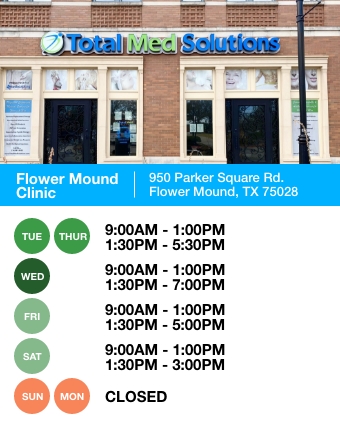It shares similarities with chemical peels, but the key distinction lies in the technique used. In dermabrasion, a surgeon employs a high-speed rotating brush to manually remove the outermost layer of skin. The depth and size of scars, along with the extent of wrinkles, dictate the precise level of skin that will be surgically abraded.
Who can benefit from dermaplaning?
Both men and women, spanning all age groups, stand to gain from dermabrasion and dermaplaning. The efficacy of these treatments hinges on various factors, including:
- Skin type
- Skin complexion
- Medical history

Dermaplaning vs. dermabrasion: What sets them apart?
While dermaplaning, microdermabrasion, and dermabrasion all fall under the umbrella of exfoliating treatments, they employ distinct methods. Dermaplaning entails the use of a scalpel to eliminate dead skin cells and fine facial hair (peach fuzz), whereas microdermabrasion relies on micro-crystals and suction to physically exfoliate the skin without affecting facial hair. Essentially, dermaplaning excels at hair removal and light exfoliation, while microdermabrasion offers a more intensive exfoliating experience.











